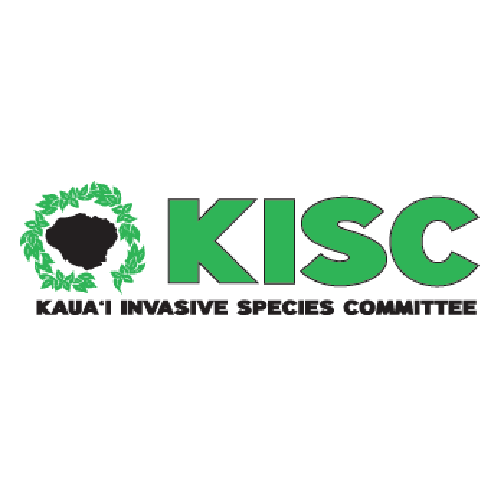Family: Asparagaceae
Agave sisalana (mescal, sisal) is an evergreen succulent plant native to southern Mexico. It is commonly cultivated for edible uses, and folk medicine. The roots are used in the making of an alcoholic beverage. This plant is widely naturalized and is reported as naturalized on every Hawaiian island except Niʻihau. This plant can adapt to many environments in Hawaiʻi as it thrives in tropical climates and can live in high elevation environments. It is problematic as it has prickles, is toxic to cattle, may cause skin irritation if handled and is poisonous to ingest. It spreads easily as it grows in dense stands, is unattractive to browsing herbivores, and can spread underground by suckers even if the upper part is removed. For all these reason this plant is a high risk plant.
High Risk Traits:
- Thrives in tropical climates
- Elevation range exceeds 1000 m
- Widely naturalized, including all main Hawaiian Islands except Niihau
- An environmental weed
- Related Agave species have become invasive
- Leaves may have terminal spines and prickles along the margins
- Unpalatable
- Toxic to cattle and other animals
- Sap can cause dermatitis and may be poisonous if ingested
- Tolerates many soil types
- Can from dense monocultures that exclude other vegetation
- Spreads vegetatively by suckering and formation of bulbils
- Starts to spread vegetatively after 1 year
- Can resprout if only aboveground vegetative material is removed
Low Risk Traits:
- Rarely produces seeds, and not reported to produce seeds in the Hawaiian Islands
- Requires full sun
- Fiber plant
- Lack of seed production makes long distance and inadvertent dispersal unlikely
- Herbicides may provide effective control




